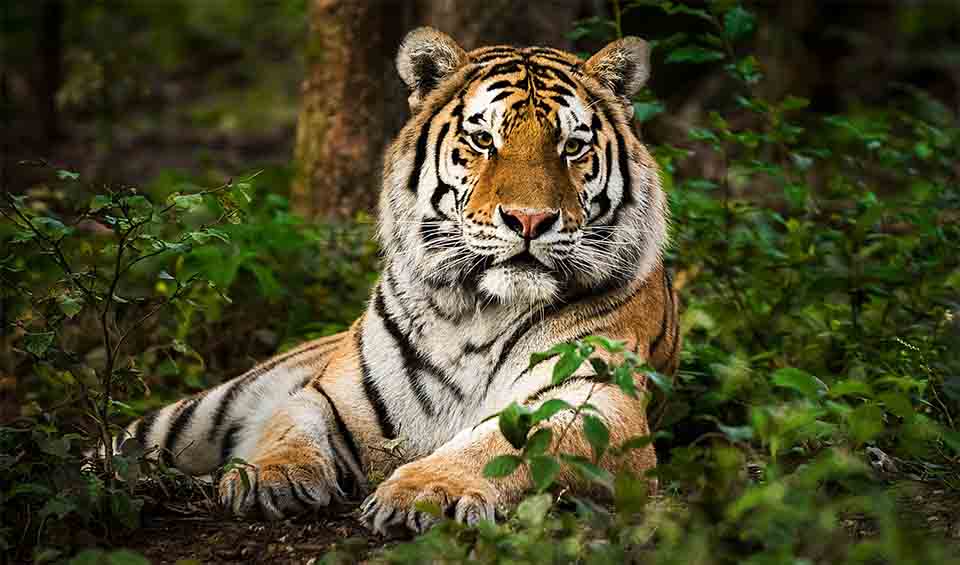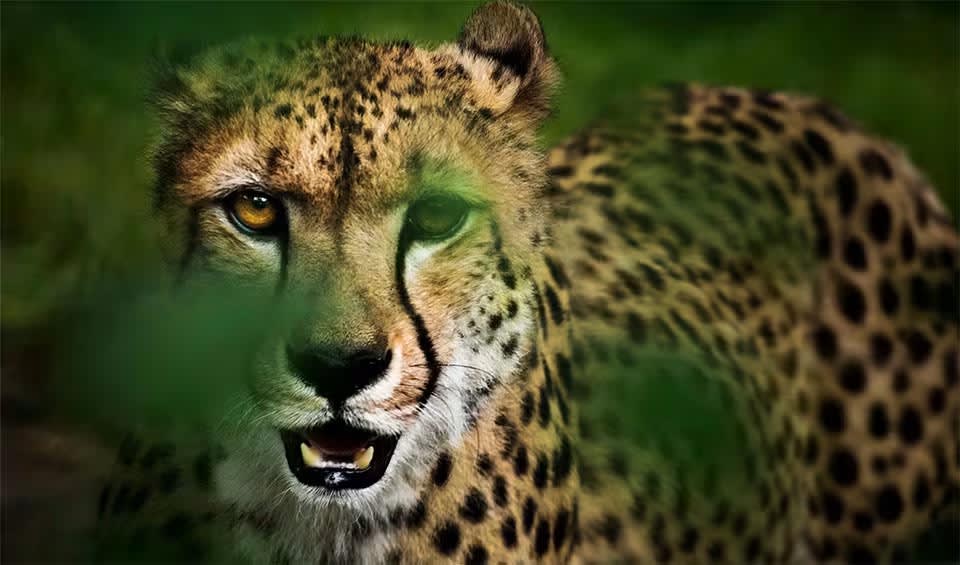A small but striking bird native to parts of eastern and southern Africa. As its name suggests, it’s easily recognized by the rich reddish-brown cap that contrasts with its otherwise earthy tones. This splash of color gives the bird a distinctive look, especially in the dry, open landscapes it prefers—grasslands, savannas, and agricultural fields. Its body is compact, with sandy-brown feathers that blend well with its environment, helping it stay hidden from predators when it’s on the ground, which is most of the time. Like other larks, the Red-capped lark is more of a walker than a flier, often seen running or hopping through the grass in search of food.
This bird is particularly well-adapted to life in open spaces. It has a strong, straight bill perfect for picking up seeds, its primary diet, although it also eats insects, especially during the breeding season when it needs extra protein. The Red-capped lark has a sweet and simple song that it delivers from low perches or while fluttering in the air—a common display behavior among larks. Its call is a pleasant, soft trill, and though not especially loud or elaborate, it carries well in the quiet openness of its habitat. Males often use their songs to defend territory and attract mates, creating a peaceful, musical backdrop to early morning walks through African grasslands.
When it comes to nesting, the Red-capped lark sticks to a ground-based strategy. The female builds a small nest in a shallow depression, usually lined with grass and hidden under a tuft of vegetation. She typically lays two to three eggs, which are speckled and well-camouflaged to avoid detection. After hatching, the chicks grow quickly and leave the nest within days, though they stay hidden nearby while the parents continue to feed and protect them.
Distribution
 Angola
Angola Botswana
Botswana Burundi
Burundi Congo-Brazzaville
Congo-Brazzaville DR Congo (Kinshasa)
DR Congo (Kinshasa) Eswatini
Eswatini Kenya
Kenya Lesotho
Lesotho Malawi
Malawi Mozambique
Mozambique Namibia
Namibia Nigeria
Nigeria Rwanda
Rwanda South Africa
South Africa Tanzania
Tanzania Uganda
Uganda Zambia
Zambia Zimbabwe
ZimbabweAnything we've missed?
Help us improve this page by suggesting edits. Glory never dies!
Suggest an editGet to know me
Terrestrial / Aquatic
Altricial / Precocial
Polygamous / Monogamous
Dimorphic / Monomorphic (size)
Active: Diurnal / Nocturnal
Social behavior: Solitary / Pack / Flock
Diet: Carnivore / Herbivore / Omnivore / Piscivorous / Insectivore
Migratory: Yes / No
Domesticated: Yes / No
Dangerous: Yes / No




